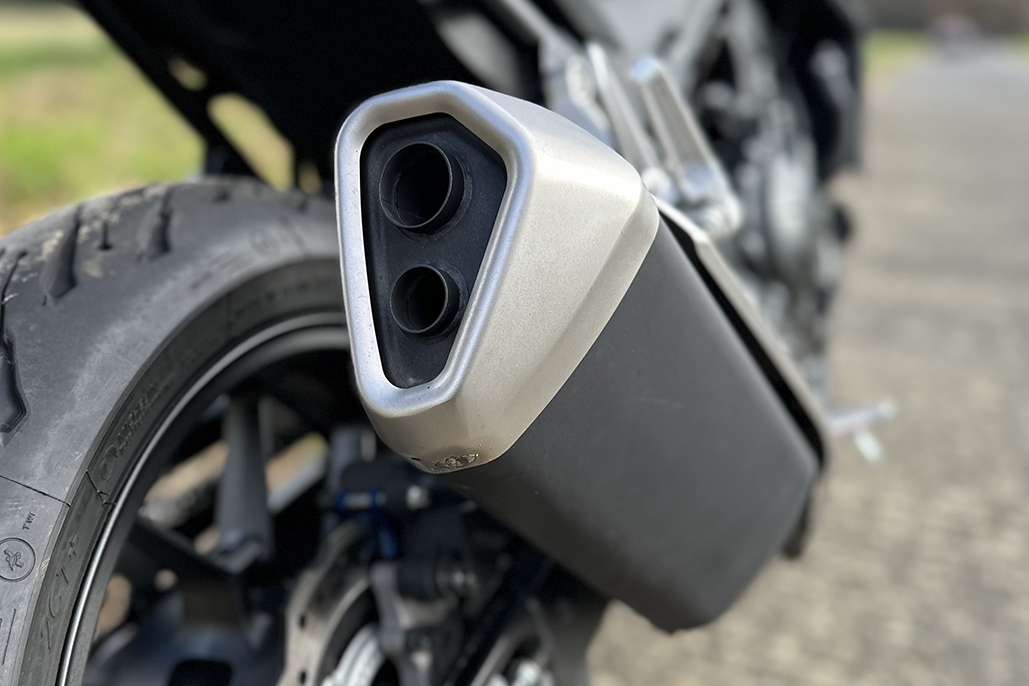 The subject of this article is an extremely important part, namely, the exhaust manifold. This topic concerns both: the automotive power system, and a similar system of motorbikes. What is the above-mentioned part, why it is so important and how to understand that it is defective? All these questions and even a little more we will deal with in this material. Let’s start with a small excursion into the device and purpose of the exhaust manifold.
The subject of this article is an extremely important part, namely, the exhaust manifold. This topic concerns both: the automotive power system, and a similar system of motorbikes. What is the above-mentioned part, why it is so important and how to understand that it is defective? All these questions and even a little more we will deal with in this material. Let’s start with a small excursion into the device and purpose of the exhaust manifold.
What is the exhaust manifold and its purpose?
To begin with, it is worth saying that any motorbike and a car with an internal combustion engine is equipped with not one, but two manifolds: the first is the intake manifold, and the second is the exhaust manifold. Structurally, these parts are located either on one side of the motor, or (in the case of a V-engine) on both sides. Further, let’s understand why we mentioned the second type of manifold. The point is that the intake manifold performs the function of passing the fuel-air mixture necessary for the engine operation into the engine (i.e. combustion chamber and cylinders). The exhaust manifold, in turn, releases the exhaust gases and belongs to a different system. These points are very important for understanding everything we will talk about further.
How is it organised?
At the exhaust stroke there are special valves that open. They are constantly acted upon by the piston, which moves to the upper point. As a result of this process, the gases enter the manifold. The latter is connected by means of a gasket with a branched part to the cylinder head. After the gases pass through the manifold, they enter the intake pipe, after which they move to the catalyser (which is designed for primary filtration of harmful substances that are present in the exhaust), then moves to the resonator and after that the exhaust gas enters the silencer. In turbocharged engines, these processes occur in a different scenario. In this case, after passing the manifold, the gases pass through a special channel and spin the turbine. Only after this, they move into the intake pipe. If we talk about the injector engine of modern cars that move on diesel fuel, the design of the exhaust manifold provides a specially allocated place for a lambda probe. This is a sensor that is able to constantly monitor the amount of different kinds of gases in the exhaust.
How to understand that there is a malfunction in exhaust manifold?
There is an opinion (by the way, quite popular and very arrogant) that the exhaust manifold does not fail. Unfortunately, this is an incorrect statement, as motorbike and car are, first of all, parts and mechanisms, and accordingly, everything in them can fail sooner or later. It all depends on the manner of operation, the loads to which this or that part is subjected, the quality of consumables and fuel, and much more. In fact, both the intake and exhaust manifold has a very simple design, in which, it would seem, and really nothing to break. After all, it is a pipe that has a specific shape. So how to understand that something is wrong with it and what kind of breakdown it indicates.
- Оne of the most common breakdowns is deformation of the pipe in the flange area. Why does this happen? It is because the flange parts of the part do not tolerate high temperatures very well and succumb to them. This is what leads to their distortion. How to understand that there is a breakdown? First of all, if you made a tuning, make sure that it was done well. Because it is the intervention of the owner of the vehicle that often leads to this problem. The obvious signs of such a breakdown are a characteristic roar from the exhaust. In addition, cars can also have exhaust fumes start leaking into the cabin, which is incredibly dangerous and extremely unpleasant.
- There are internal gaskets between the block and cylinder, which are made of metal or composite. They are constantly exposed to both high temperature and pressure, which contributes to the characteristic wear. As a conclusion, the motor ceases to function correctly, begins to “sneeze”, starts from the time with which it wants itself and clearly unevenly works. And, of course, the revs will start to “walk”, which will turn any journey into a nervous driving experience. In addition, fuel consumption in this case will not please you.
- This part works in a rather aggressive environment and this causes burnout of pipes or joints. Unfortunately, even a small damage can cause deterioration in motor performance.
- Another breakdown that we will complete the list with is the clogging of the internal ducts. Here again we come back to the issue of the manifold being constantly in operation and under load. In addition, again, let’s add temperature. The upshot is rust and fouling, which significantly narrows the lumen. If such a breakdown occurs, the engine will, as in one of the previous cases, sneeze sharply and run unevenly.






